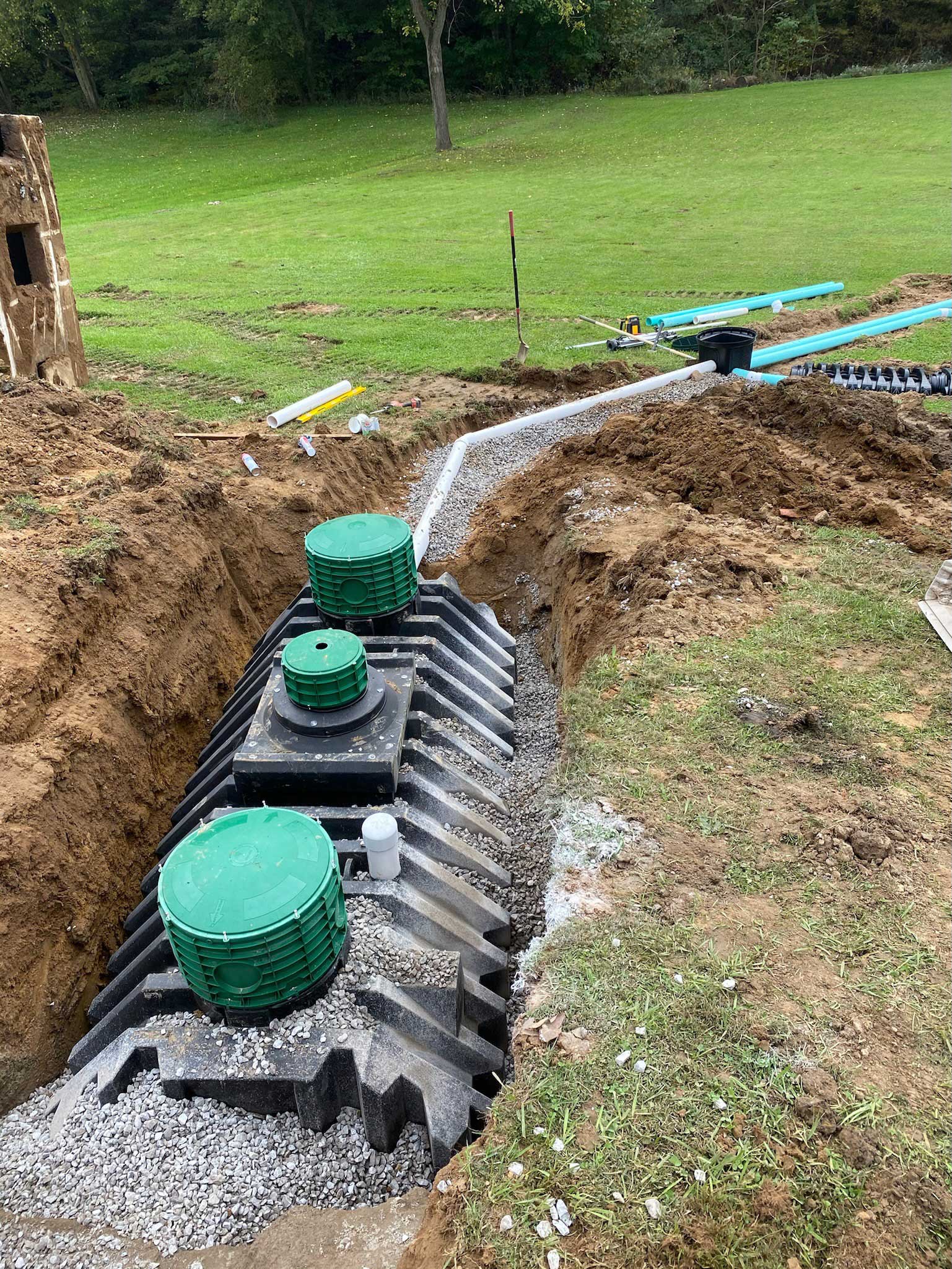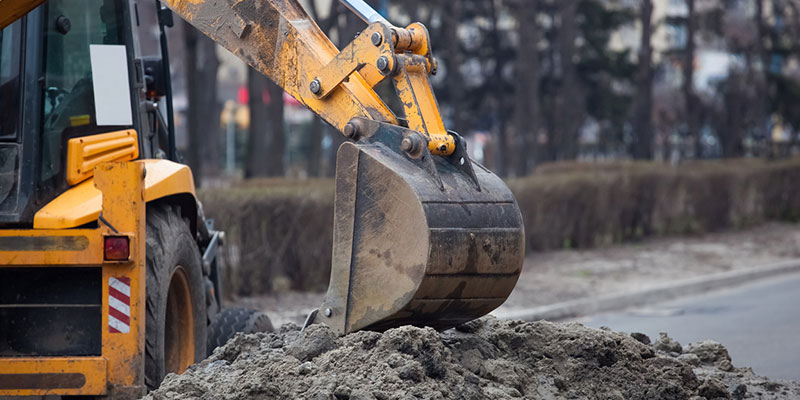Introducing the Art of Excavation: Pro Tips for Safe and Efficient Digging
As soil is transformed and earth is relocated, the intricacies of excavation disclose themselves, demanding a keen understanding of devices, dirt structure, safety and security procedures, and ecological considerations. The knowledge required to browse these components effectively can indicate the difference in between an effective excavation job and a potential disaster.
Significance of Proper Devices
To guarantee the security and effectiveness of any kind of excavation job, using the appropriate tools is extremely important. The right tools not just boost efficiency yet additionally minimize risks connected with excavating. Excavation jobs vary in range and intricacy, ranging from little property landscape design work to large-scale building and construction undertakings. Despite the job size, having the appropriate devices can make a significant difference in the result.
These flexible machines come in different dimensions to match different task requirements. Mini excavators are ideal for smaller sized tasks, while larger excavators deal with much more extensive jobs efficiently.
Excavators succeed in tasks that require pushing large quantities of soil or debris. By spending in the ideal devices, excavation tasks can be completed securely, on time, and with precision.
Recognizing Soil Make-up
An extensive understanding of soil make-up is fundamental for executing excavation tasks with precision and safety and security. Understanding the various kinds of soil is vital as it straight impacts excavation techniques, equipment choice, and general task efficiency. Dirt composition commonly includes four primary elements: sand, silt, clay, and raw material. Each component has one-of-a-kind residential or commercial properties that influence how soil reacts to excavation processes.
Sand bits are the largest and provide great drain but use little communication. Silt particles are smaller than sand but larger than clay, supplying moderate drain and cohesion. Clay fragments are the tiniest and give high cohesion however inadequate drain. Organic matter, such as decaying plant material, impacts dirt fertility and security.
Before starting excavation, carrying out dirt examinations to establish its composition and features is important. This info helps in choosing the suitable devices, applying precaution, and developing excavation methods customized to the certain soil conditions - lancaster trenching. By understanding dirt structure, excavation professionals can enhance job results while making certain safety and adherence to ideal techniques
Safety Steps and Methods
Understanding soil make-up is the keystone whereupon safety and security procedures and procedures for excavation jobs are constructed, making certain the well-being of employees and the success of the endeavor. There are numerous essential steps that need to be applied to minimize threats and prevent crashes. when it comes to safety during excavation.
Firstly, before any excavating begins, a thorough assessment of the website should be conducted to recognize any kind of possible risks such as underground utilities, unpredictable soil problems, or nearby structures that might pose a threat. It is essential to have a proficient person supervise the excavation procedure to make sure that all safety and security procedures are followed purely.
Moreover, all employees involved in the excavation must be appropriately learnt secure excavating techniques and the correct operation of devices. Personal protective tools (PPE) such as construction hats, high visibility clothing, gloves, and safety boots ought to be worn whatsoever times to decrease the danger of injuries. lancaster excavation. Routine safety conferences and toolbox talks should also be performed to look at here maintain all workers educated about prospective risks and reinforce secure work techniques. By sticking to these precaution and methods, excavation projects can be completed address efficiently and without event.
Reliable Excavation Planning
When getting started on an excavation job, careful planning is crucial to make certain effectiveness, security, and successful outcomes. Reliable excavation preparation entails several crucial actions that are vital for the smooth implementation of the job.
When the site evaluation is full, the following step is to develop a clear timeline and timetable for the excavation tasks. This includes identifying the sequence of tasks, tools demands, and manpower allocation. Proper scheduling helps stay clear of delays and makes sure that the task remains on track.

In addition, communication amongst all staff member is critical during the preparation stage. Clear directives, regular updates, and efficient sychronisation are crucial for an effective excavation project. By investing effort and time in meticulous planning, excavation teams can considerably boost efficiency, lessen risks, and attain effective outcomes.

Managing Environmental Factors To Consider
With increasing focus on environmental sustainability in construction practices, handling environmental considerations has actually ended up being an important element of excavation jobs. Excavation activities have the prospective to affect the surrounding setting via soil disintegration, sediment overflow, environment disruption, and contamination of water resources. To mitigate these dangers, it is necessary to execute finest practices that focus on environmental management.

In addition, appropriate waste monitoring is vital to stop soil and water contamination. Implementing procedures for the disposal of unsafe materials, recycling of waste products, and lessening the use of hazardous chemicals can substantially minimize the environmental influence of excavation jobs. By integrating these techniques right into excavation planning and execution, building firms can make certain that their tasks are not just safe and efficient yet additionally environmentally responsible.
Verdict
Finally, mastering the art of excavation needs an extensive understanding of correct tools, dirt make-up, safety procedures, and effective preparation. By adhering to these guidelines and considering ecological variables, excavations can be conducted securely and successfully. It is essential to prioritize security and efficiency in every excavating task to make sure effective outcomes.
As dirt is turned and earth is moved, the intricacies of excavation reveal themselves, demanding a keen understanding of tools, soil composition, safety methods, and anonymous ecological considerations.To guarantee the safety and performance of any excavation task, using the appropriate tools is critical.A comprehensive grasp of dirt structure is basic for executing excavation jobs with accuracy and safety. Comprehending the various types of soil is crucial as it straight influences excavation approaches, devices option, and general project performance. By recognizing dirt structure, excavation experts can boost task results while guaranteeing security and adherence to finest techniques.